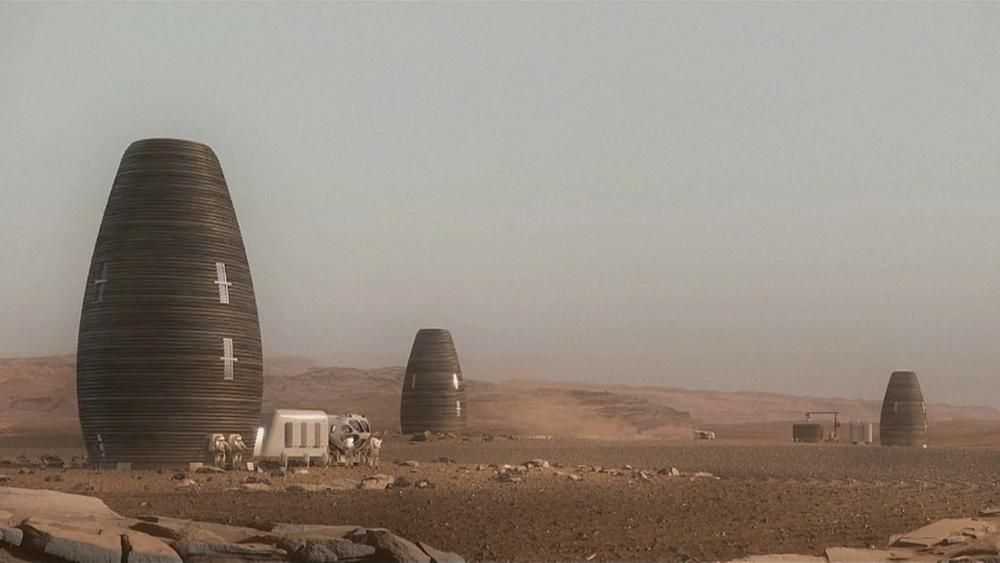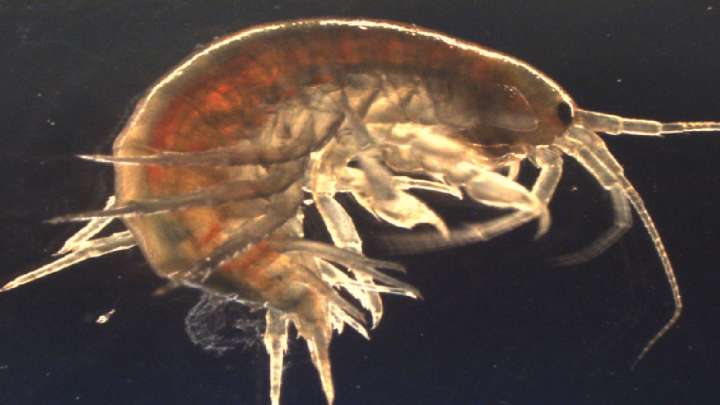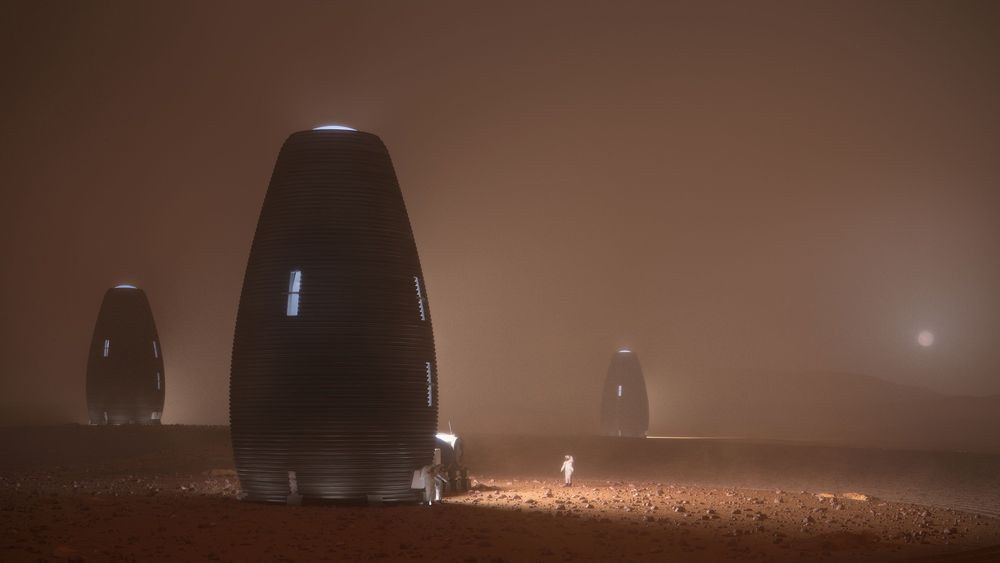A rise in the number of game developers, adoption of brain computer technology to enhance the complete gaming experience is triggering the growth of BCI market. The BCI application in 2017 has also influenced the smart home control sector and is believed to grow rapidly during the forecast period of 2018 to 2025. The high living standards across U.S and Canada are held responsible for the demand of BCI in smart home control system industry.
Brain-computer interface (BCI) is a technology that agree to communicate between a human-brain with an external technology. The term can be referred to an interface that takes signals from the brain to an external piece of hardware that sends signals to the brain. There are different brain-computer interface technologies developed, through different methods and for diversified purposes, including in virtual reality technology.







